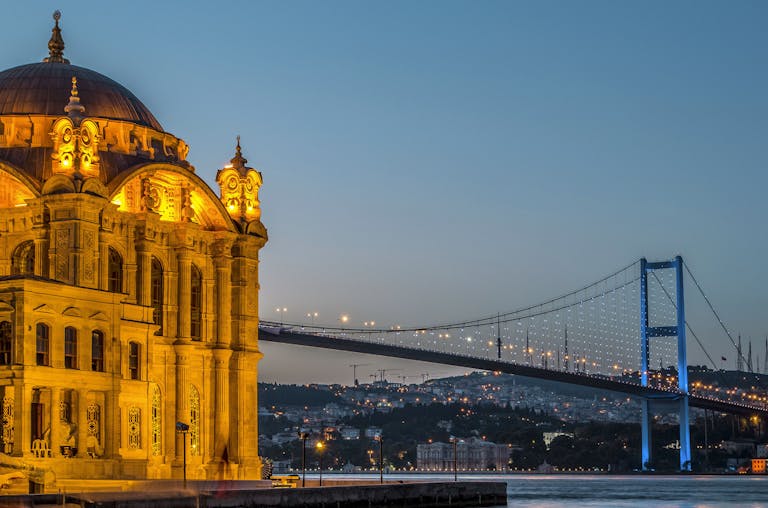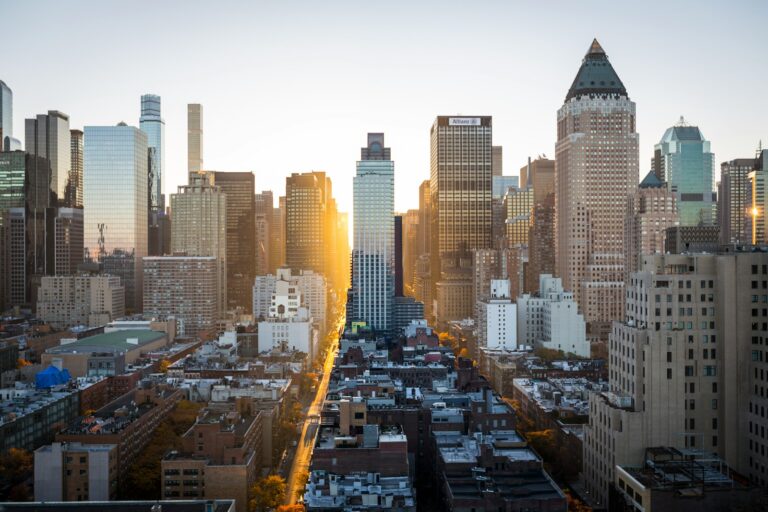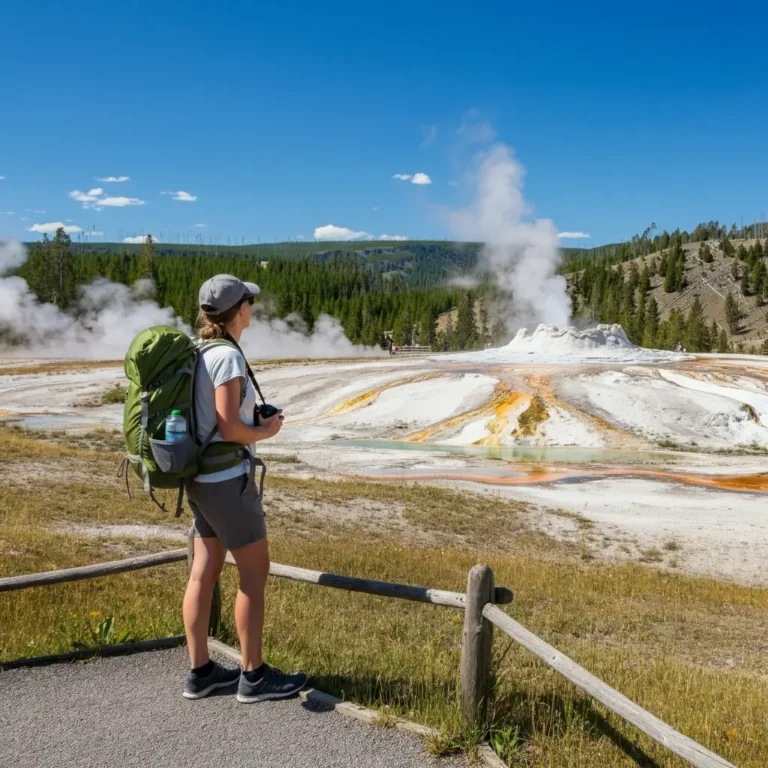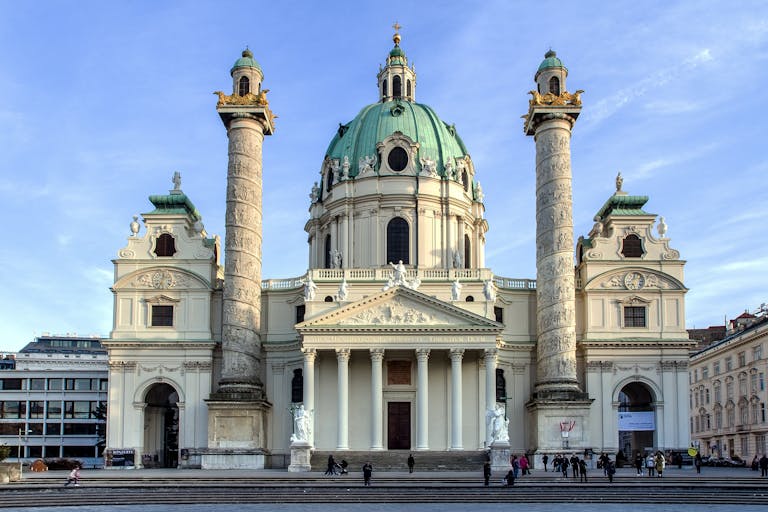Sofia’s Rich History and Traditions: From Ancient Ruins to Modern-Day Culture

Sofia, Bulgaria’s vibrant capital, is an extraordinary destination where history and modernity intersect. With ancient ruins lying beneath its streets and traditions that continue to thrive, Sofia’s rich history and traditions offer an unparalleled glimpse into a city’s evolution. From its Roman origins to its Byzantine legacy, coupled with Bulgaria’s folklore and modern cultural preservation, Sofia is a living museum. Whether marveling at its historic landmarks, attending traditional festivals, or experiencing its culinary offerings, visitors will find countless ways to connect with Sofia’s past and present. Through this article, we’ll explore Sofia’s rich history and traditions, focusing on its ancient roots, significant historical landmarks, lively traditions, and the city’s successful balance between preservation and modernization. Come along and experience this truly captivating destination!
A Walk Through Sofia’s Ancient Ruins
Discovering the Serdica Archaeological Complex
Beneath the bustling streets of modern Sofia lies the ancient Roman city of Serdica. This archaeological marvel offers a window into the city’s past life as a thriving Roman outpost. The Serdica Archaeological Complex is an expansive site with remnants of streets, public baths, and a forum where trade and governance once flourished.
What makes this site so distinctive is how it blends seamlessly into Sofia’s urban landscape. Glass walkways above the ruins allow people to witness ancient roads without disrupting daily city life. Visitors can stroll through the pedestrian zone and peer down into the heart of Roman history. For a closer look, the National Archaeological Museum showcases many artifacts discovered during the excavations.
The Legacy of Sofia’s Ancient Churches
Interwoven with Sofia’s Roman legacy are its early Christian churches, testifying to the city’s Byzantine heritage. Among these, the Church of St. George Rotunda stands out. Built in the 4th century, the Rotunda is one of the oldest surviving Christian landmarks. Its vibrant frescoes, painted during different periods, narrate stories from early Christianity.
Another iconic structure is the Basilica of Saint Sophia, which dates back to the 6th century. It is not only a masterpiece of Byzantine architecture but also the namesake of the city. Visitors can still feel the serene spirituality within its ancient red-brick walls. These churches solidify Sofia’s position as one of Europe’s most stunning destinations, where centuries of history come alive at every corner.
Sofia’s Role in Bulgarian History
The Independence Movement and Sofia as a Capital
Sofia’s transformation into Bulgaria’s capital in 1879 marked a turning point for the city. Its central location and rich history made it the perfect choice to embody the Bulgarian spirit. The late 19th century saw a wave of architectural and cultural rebirth, reflecting Bulgaria’s newfound independence from Ottoman rule.
Notable areas like Prince Alexander of Battenberg Square honor the country’s fight for independence. Walking these streets, one cannot help but feel a connection to the national struggles and victories that shaped modern Sofia. Much like the Cultural Treasures and Coastal Pleasures in Cyprus, Sofia’s landmarks echo resilience and renewal.
Historical Landmarks That Define Sofia’s Heritage
One of Sofia’s crowning jewels is the Alexander Nevsky Cathedral, an iconic structure built to honor soldiers who fought for Bulgaria’s freedom. Its golden domes gleam against the sky, and inside, intricate mosaics and carvings offer both spiritual and artistic marvels.
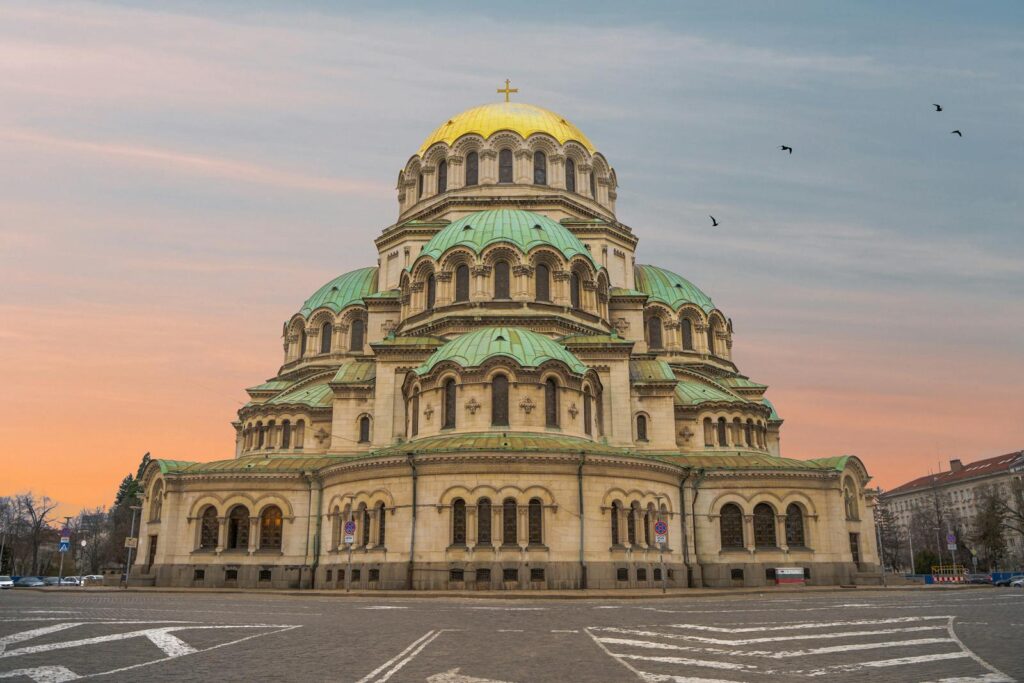
Another heritage highlight is the National Assembly building. This monumental structure symbolizes the governance and the collective aspirations of the Bulgarian people. Together, these landmarks place Sofia amongst Europe’s most stunning destinations, rich in history and symbolism.
Exploring Bulgarian Traditions in Sofia
Folklore and Festivals in Sofia’s Heart
Bulgarian folklore reveals the country’s vibrant cultural spirit, with Sofia being at its heart. Festivals like Kukeri feature dancers in elaborate costumes warding off evil spirits, blending mythology and tradition. Another favorite custom is exchanging Martenitsi bracelets in March to usher in spring.
Festivals in Sofia aren’t confined to specific seasons; folk performances and cultural events occur year-round. Whether it’s lively horo dances in city squares or folk music concerts in urban halls, Sofia’s traditions are an immersive experience of color, rhythm, and joy.
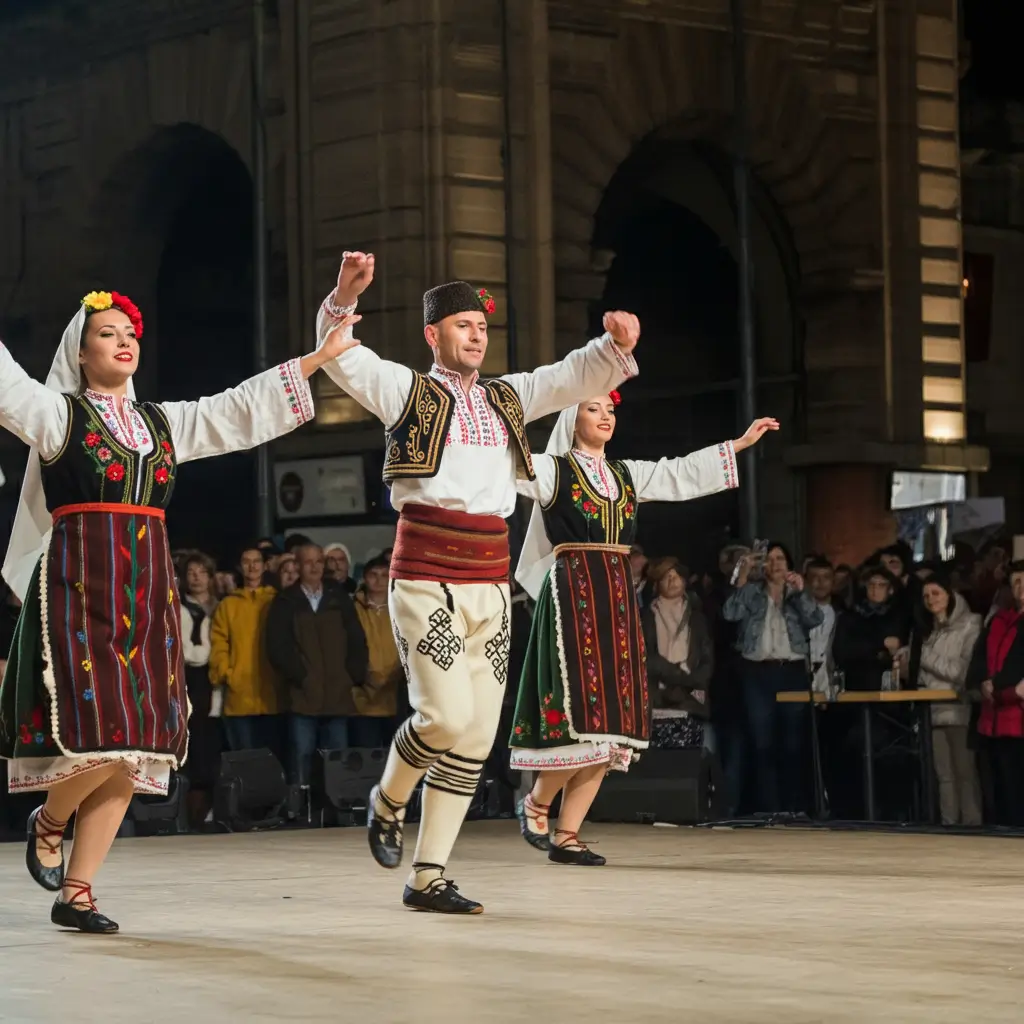
Traditional Bulgarian Cuisine in Sofia
No exploration of Sofia’s traditions is complete without indulging in its culinary delights. From the warm, cheesy goodness of banitsa to the fresh flavors of shopska salad, Sofia’s food is a sensory celebration of Bulgarian heritage.
Visitors can find these dishes at bustling markets like the Central Market Hall or upmarket restaurants throughout the city. Pair these meals with rakia, Bulgaria’s national fruit brandy, for an authentic culinary experience. Sofia’s cuisine acts as a flavorful interpretation of its historical identity, rivaling Europe’s other gastronomic gems.
Sofia’s Modern-Day Culture and Preservation Efforts
The Balance of Past and Present in Sofia
Modern Sofia is a city that thrives on contrasts. Vitosha Boulevard buzzes with contemporary energy, offering trendy cafes and shops nestled alongside historic backdrops. Street art is another growing cultural expression, infusing the city with vivid, creative energy.
These innovations make Sofia comparable to Cultural Treasures in Cyprus, where preservation and progress coexist harmoniously.
Efforts to Preserve Sofia’s Cultural Heritage
Sofia’s commitment to heritage extends deeply through meticulous conservation projects. Key efforts include preserving the frescoes of UNESCO-listed Boyana Church and the relics displayed at the National Museum of History.
Additionally, public education initiatives and cultural festivals ensure that Sofia’s treasures are cherished by future generations. These efforts solidify Sofia’s place among Europe’s hidden cultural gems waiting to be discovered.
Essential Tips for Exploring Sofia’s History and Traditions
Best Historical Sites to Visit in Sofia
To fully immerse in Sofia’s history, landmarks like the Boyana Church and the Archaeological Museum are must-visits. These sites, with their relics and ancient frescoes, are perfect stops for history buffs.
For those interested in broader contexts, pairing Sofia with Cultural Treasures in Europe will provide an enriched historical understanding.
Making the Most of Your Time in Sofia
Taking a walking tour through Sofia’s compact center allows visitors to cover significant historical and modern landmarks in a day. Public transport and local guides enhance this experience.
For an unforgettable visit, plan your trip during festivals that showcase vibrant traditions. Sofia remains a destination worthy of the most breathtaking destinations in Europe list.
Reflecting on Sofia’s Unique Identity
Sofia as a Bridge Between Ages
Few cities embody the link between ancient and modern quite like Sofia. Ancient ruins, grand cathedrals, and dynamic festivals tell stories of evolution and resilience. Its vibrant cultural offerings and historic connections make Sofia a standout destination.
With its ability to blend the past and the present effortlessly, Sofia’s rich history and traditions serve as a living testament to Bulgaria’s unparalleled legacy.



